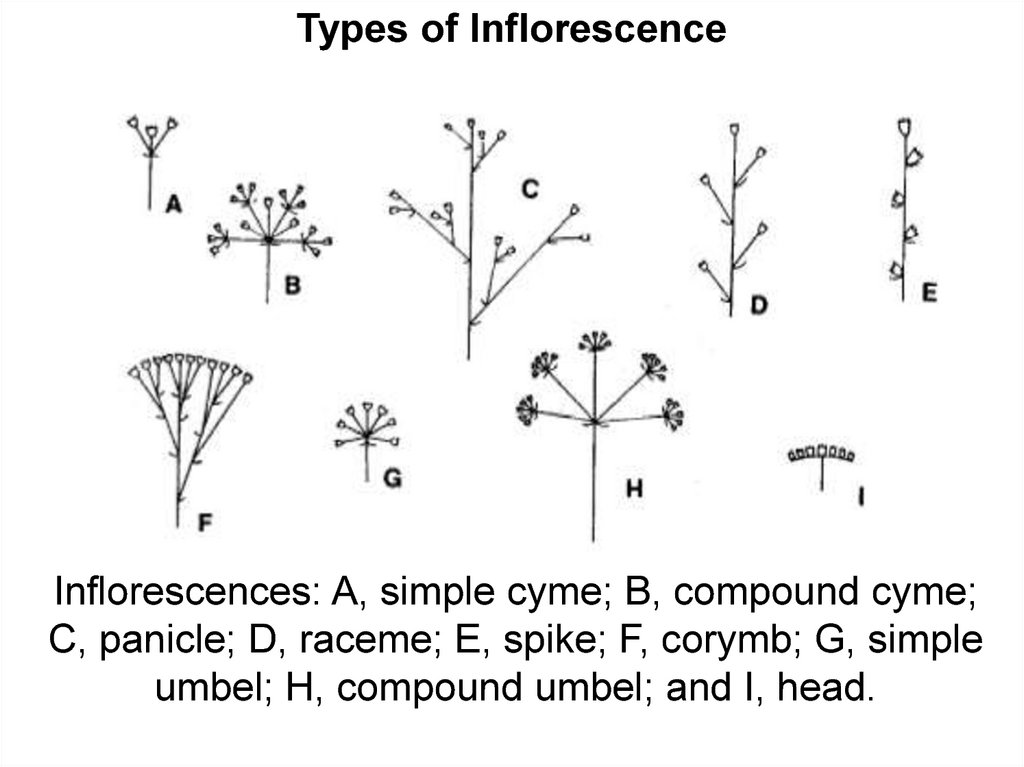
Thus the humble Linnaea was named after the great botanist, because it was long overlooked, and flowers at an early age. The scientific names are sometimes arbitrary, but generally they are given with a view of showing some peculiarity in the plant, or of its history. In a popular book, to attempt to describe these minute differences would be futile, and the scientific student must turn to less elementary books. In others the species are numerous, as the hawkbits, willows, sedges and the ordinary observer is content to know the species only. Many species closely resemble each other in general structure, as the pansy and the violet, but with the differences well marked. Each particular kind of plant is called a species, and each species is reproduced from seed, sometimes, indeed, varied by soil and culture. In the scientific name of a plant, the first word indicates the genus, the second one the species.
Cyme flower arrangement manual#
In the last chapter of this manual I have given the names of all the families and an outline of the botanical systems. The daisy and dandelion, the thistle and bluebottle, furnish us with familiar examples of this family. When many small florets are joined in one common receptacle, they are known as compound flowers, and belong to the composite family.

Thus carrot, fennel, parsley, hemlock, and other similar plants have their flowers inumbels and are thus called umbelliferous. In many instances the name of the family of plants which we have added to the common and scientific name in the index - is derived from some peculiarity in the form of the inflorescence, which distinguishes the genera and shows their alliance. slight acquaintance with these varied forms will materially assist the lover of wild flowers in recognizing them from the description I have given, and in determining the names of the strange dwellers in out-of-the-way nooks and dingles. The apple and pear furnish familiar instances of this species of fruit.Ī. The pome is a fleshy-covering to a capsule and seeds. The cone is a species of catkin with hardened scales, well known as the fruit of the pine or fir tribe. The legume is a long pod with the seeds attached to one seam only the berry a pulpy fruit, as the currant the nut is a dry fruit in a hard shell, as the hazel the drupe a nut in a covering of pulp like the plum and peach. When it is a dry hollow vessel, like the poppy, it is termed a capsule when formed of two long valves, as the pea, bean, and vetch, it is termed apod when the pod is longer than it is broad, it is called a silique, as the stock when broader than long, as the shepherd's purse, a silicle. The FRUIT is the enlarged ovary or seed-vessel. As the flowers pass away the fruit begins to appear.ġ. Such are the principal forms of inflorescence, which distinguish alike the wild and the cultivated flowers. The whorl designates the flowers growing round a joint in the main stem, as in the blind or dead nettle. The alder, palm, willow, and hazel catkins afford several examples. The early catkins are another species of inflorescence. The spadix shows the flower, as in the arum, enclosed in a large sheath. A fascicle has the flowers arranged on short foot-stalks, like the sweet-william. When this bunch of flowers has separate, divided, or irregular foot-stalks, like the branches of a tree, it is called a cyme: the cornel and elder flowers will show the arrangement of a cyme. The wild carrot and the "kecksies" of Shakespeare are familiar examples. In the early summer umbelliferous plants, generally white in colour, form a conspicuous feature in the landscape. When the flowers have separate stalks which rise from a common centre, and resemble in form an umbrella, they are described as umbels. The Guelder rose and yarrow are examples of this species of inflorescence.

When the lower foot-stalks are longer than those of the upper, as in the common stock, it is called a corym).

"When the flowers are on separate branched stalks, as in the oat and London pride, it bears the name of panicle. If the flowers, however, grow in clusters and have foot-stalks, as currants do, then it forms what is termed a raceme: the laburnum is a familiar instance of the raceme, and the lilac is an example of the upright and branching raceme, which is called thyrse. If, however, the flowers grow one above another, as in the purple loosestrife or the lavender, it is called a spike. The primrose, which has only one flower on a stem, is termed simple. This is termed by botanists the INFLORESCENCE. Bell-shaped.īut the flowers, with their wonderful stamens and pistils - the former representing the male and the latter the female portion of the flower - are joined to the stem in various ways.


 0 kommentar(er)
0 kommentar(er)
